The phenomenon of the midnight sun, or polar day, is one of nature's most mesmerizing displays, a celestial ballet that defies conventional expectations of day and night. Occurring in the polar regions during their respective summers, this natural wonder bathes the landscape in continuous daylight for months on end. It is a surreal experience that challenges human perception and has fascinated explorers, scientists, and artists for centuries.
The Science Behind the Midnight Sun
At its core, the midnight sun is a result of Earth's axial tilt. Our planet is inclined at approximately 23.5 degrees relative to its orbital plane around the Sun. During the summer solstice in the Northern Hemisphere, the North Pole is tilted directly toward the Sun, causing the solar disc to remain visible even at local midnight. Conversely, the same phenomenon occurs in the Southern Hemisphere during its summer months, though it is less frequently observed due to the scarcity of landmasses near Antarctica.
The duration of this perpetual daylight varies depending on latitude. At the Arctic Circle (66.5°N), the sun merely grazes the horizon at midnight around the solstice, while at higher latitudes like Longyearbyen, Svalbard (78°N), the sun remains conspicuously above the horizon from late April through late August. This creates an eerie, golden twilight that permeates the entire day, casting long shadows across tundra and fjords alike.
Human Adaptation to Endless Day
For indigenous communities like the Sámi people of Scandinavia or the Inuit of Greenland, the midnight sun has been an intrinsic part of life for generations. Traditional knowledge systems developed sophisticated methods to track time without relying on sunset cues - observing animal behavior, plant rhythms, and subtle changes in light quality. Modern residents have adopted practical solutions: blackout curtains become essential household items, while watches often display 24-hour formats to distinguish "night" from "day."
The psychological impact of constant daylight presents unique challenges. Some experience sleep disturbances or manic energy, while others report heightened creativity. Tromsø, Norway, hosts midnight sun marathons where runners bask in golden light at 2 AM, and Reykjavik's summer festivals thrive on the exuberance fueled by ceaseless daylight. This altered state of consciousness has inspired countless works of literature, from Knut Hamsun's hunger-stricken protagonists to Jon Fosse's minimalist plays bathed in existential glow.
Ecological Implications
Polar ecosystems undergo dramatic transformations under the midnight sun. Plants engage in photosynthesis around the clock, leading to explosive growth cycles - Arctic poppies complete their entire reproductive process in weeks rather than months. Migratory birds capitalize on the endless daylight to forage constantly for their young, while lemming populations boom under the protection of perpetual visibility against predators.
Marine life responds equally dramatically. Phytoplankton blooms beneath 24-hour sunlight form the basis of Arctic food webs, attracting whales and seabirds in spectacular concentrations. Recent studies reveal that some species have internal clocks that switch to a 12-hour cycle rather than the typical 24-hour circadian rhythm, suggesting evolutionary adaptations to this photic environment.
Cultural and Mythological Significance
Before scientific explanations, the midnight sun spawned rich mythologies. Norse legends spoke of the chariot of the sun goddess Sól forever circling the horizon, while Inuit oral traditions described the sun as being tethered to the sky by celestial ropes during summer months. The Sámi believed the disc of the sun was a silver bowl carried by the goddess Beiwe, whose light restored health after the long winter darkness.
This celestial phenomenon continues to shape modern identities. Alaska's license plates proclaim "The Last Frontier" beneath a stylized midnight sun, while Nordic countries incorporate the solar motif into national symbols. The midnight sun has become synonymous with concepts of endurance and renewal - a metaphor for human resilience in extreme environments.
Scientific Research Opportunities
The unique conditions of polar day create natural laboratories for researchers. Atmospheric scientists study refraction phenomena like the Novaya Zemlya effect, where the sun appears to rise days before its geometric position should allow. Biologists investigate how organisms maintain metabolic cycles without darkness cues, with potential applications for human shift workers and space travel.
Climate change has added urgency to these studies. Earlier onset of midnight sun periods and intensified melting of reflective ice surfaces are creating feedback loops that accelerate Arctic warming. Permafrost researchers now work in 24-hour field shifts during summer months, racing against time to document thawing processes under the unblinking gaze of the polar sun.
Tourism and the Midnight Sun Industry
Each summer, travelers pilgrimage northward to witness this astronomical marvel. Norway's North Cape sees visitors meditating on cliffs where the sun hovers above the Barents Sea at midnight. Iceland's volcanic landscapes take on an otherworldly quality when illuminated by the low-angle light of 3 AM. Specialty tourism has blossomed - from midnight sun dog-sledding in Greenland to photography workshops teaching techniques for capturing the unique golden hues.
Local businesses have adapted creatively. Fairbanks, Alaska hosts a midnight sun baseball game played without artificial lighting since 1906. Finnish Lapland offers "sunlight therapy" retreats claiming to recharge human circadian rhythms. The hospitality industry faces peculiar challenges - one Tromsø hotelier recounts guests demanding refunds because they couldn't sleep, not realizing their blackout curtains were improperly installed.
The midnight sun remains one of Earth's most profound geographical experiences, a reminder of our planet's dynamic relationship with its star. As climate patterns shift and human activity expands northward, understanding this phenomenon becomes increasingly crucial - not just as scientific curiosity, but as a key to adapting to our changing world. Those who have stood beneath its glow often describe it as transformative, a temporary transcendence of ordinary time that lingers in memory like the golden light that never fades.

By John Smith/Apr 28, 2025

By Christopher Harris/Apr 28, 2025

By Sophia Lewis/Apr 28, 2025

By Amanda Phillips/Apr 28, 2025
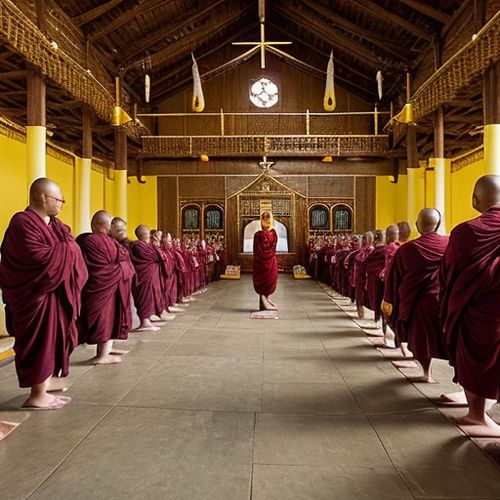
By George Bailey/Apr 28, 2025

By Christopher Harris/Apr 28, 2025

By Thomas Roberts/Apr 28, 2025

By James Moore/Apr 28, 2025

By Eric Ward/Apr 28, 2025
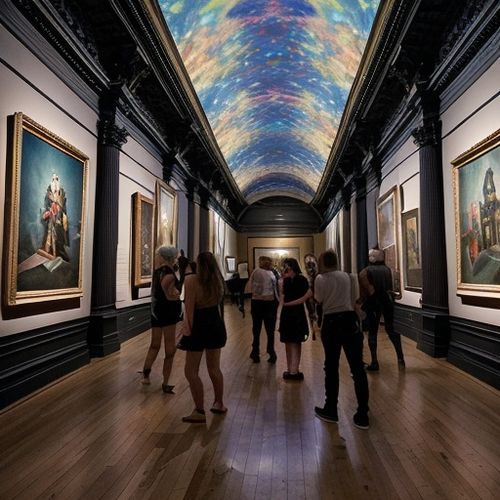
By Thomas Roberts/Apr 28, 2025
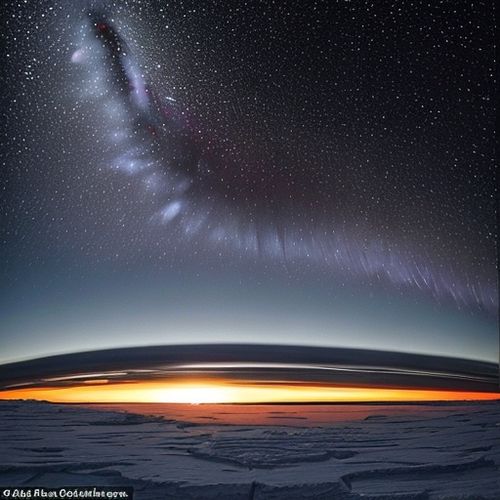
By Sophia Lewis/Apr 28, 2025

By Joshua Howard/Apr 28, 2025
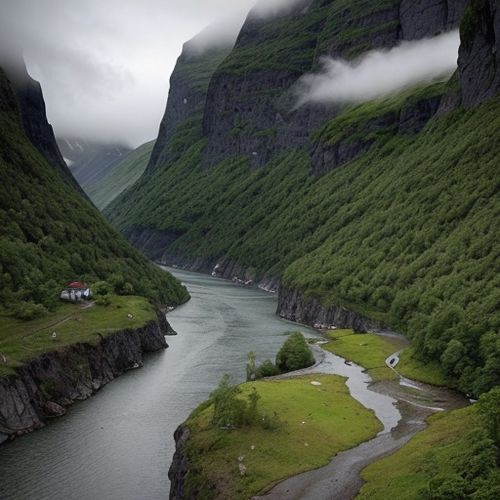
By Jessica Lee/Apr 28, 2025

By Christopher Harris/Apr 28, 2025
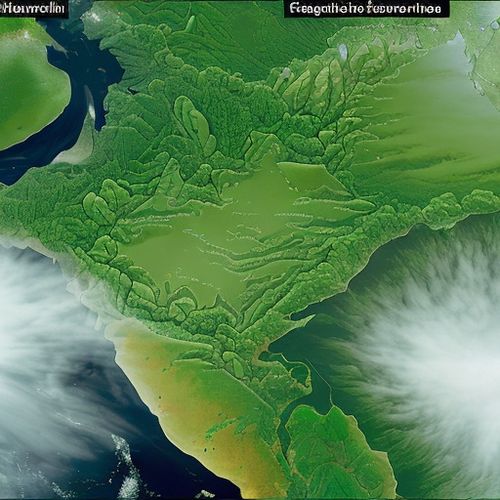
By Elizabeth Taylor/Apr 28, 2025

By Rebecca Stewart/Apr 28, 2025
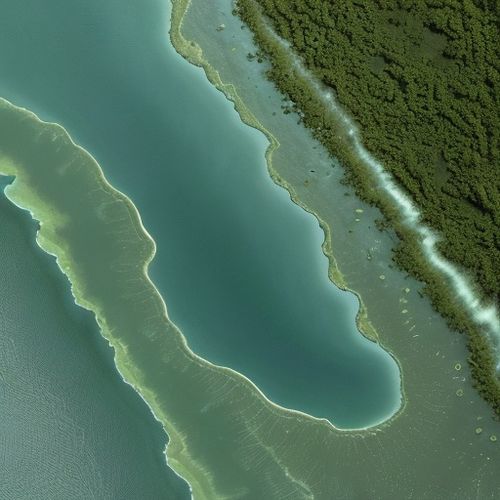
By Amanda Phillips/Apr 28, 2025
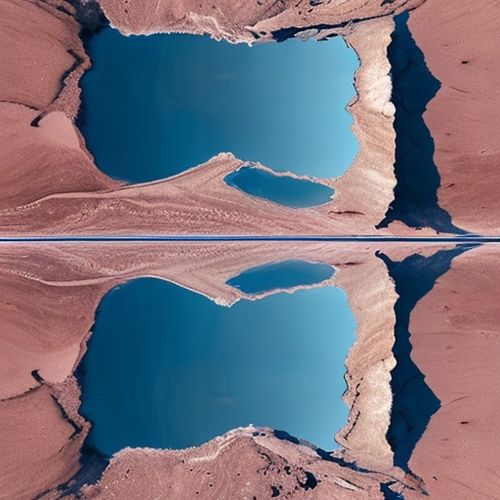
By Michael Brown/Apr 28, 2025
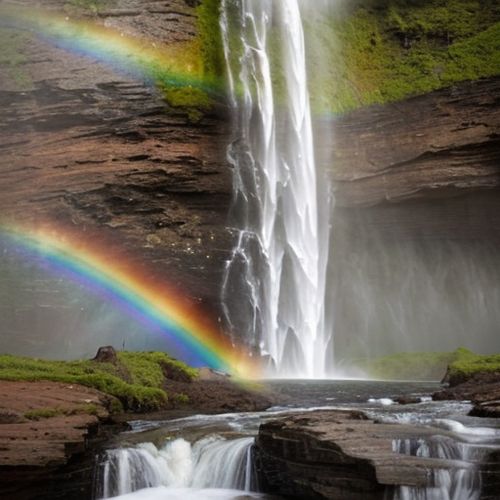
By James Moore/Apr 28, 2025
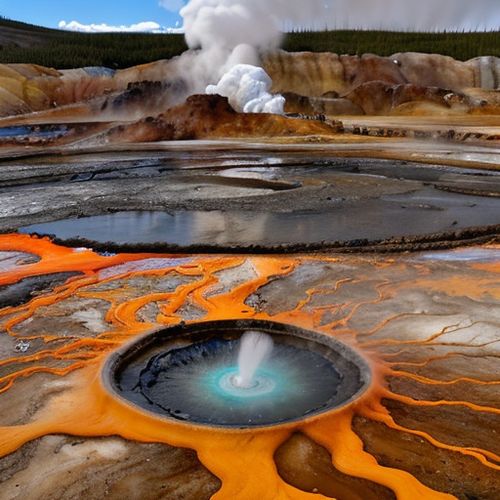
By Sophia Lewis/Apr 28, 2025